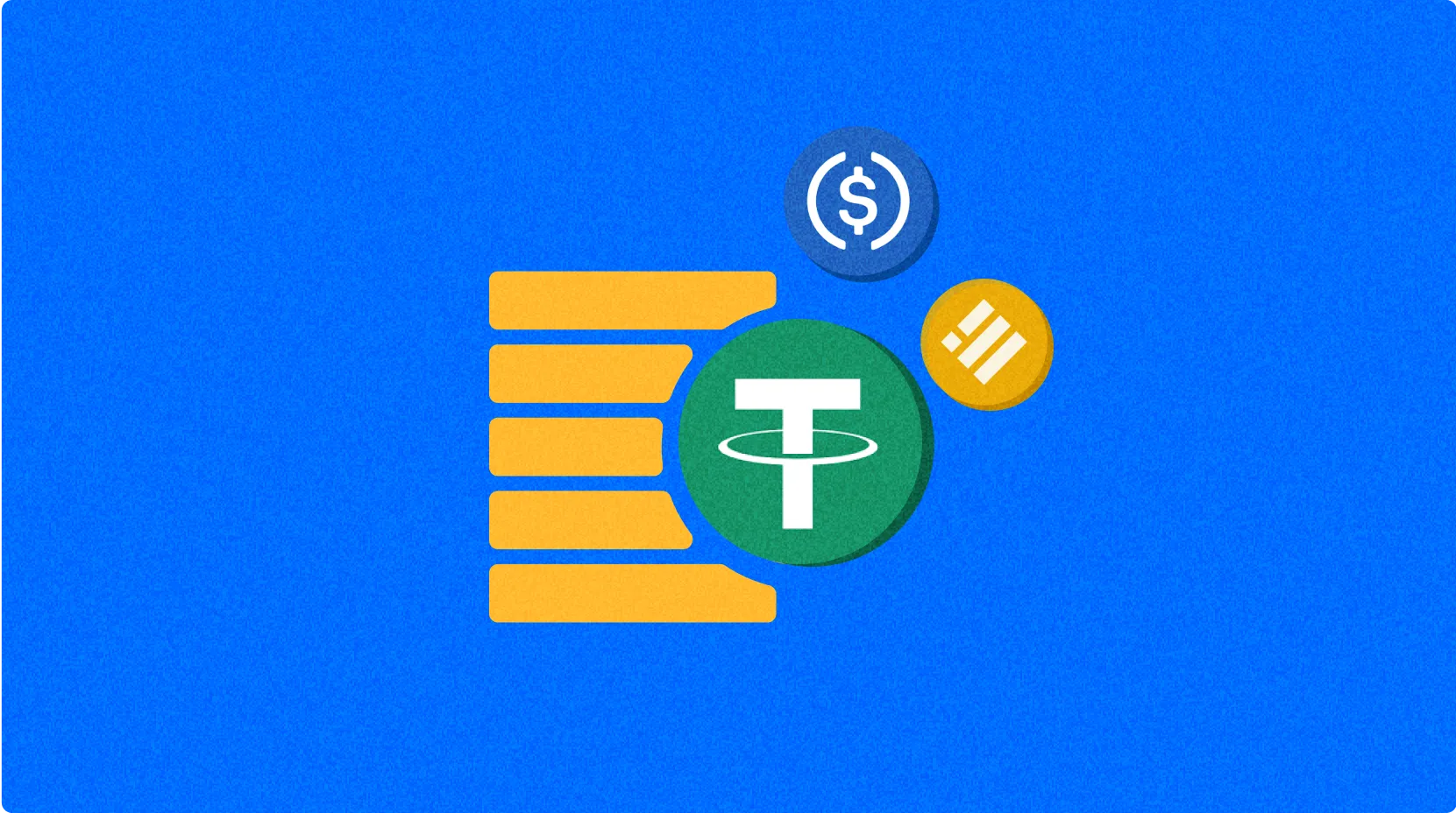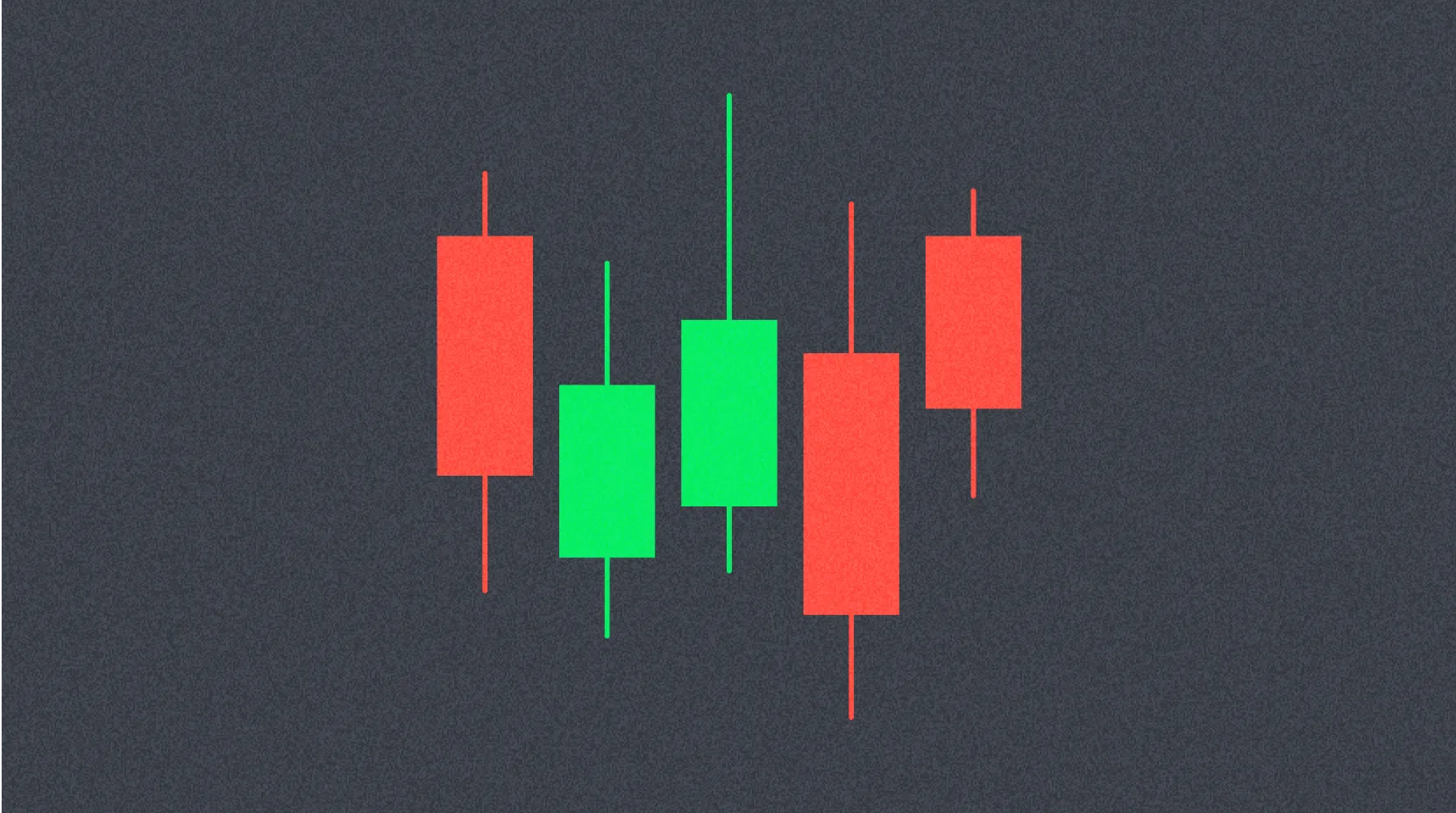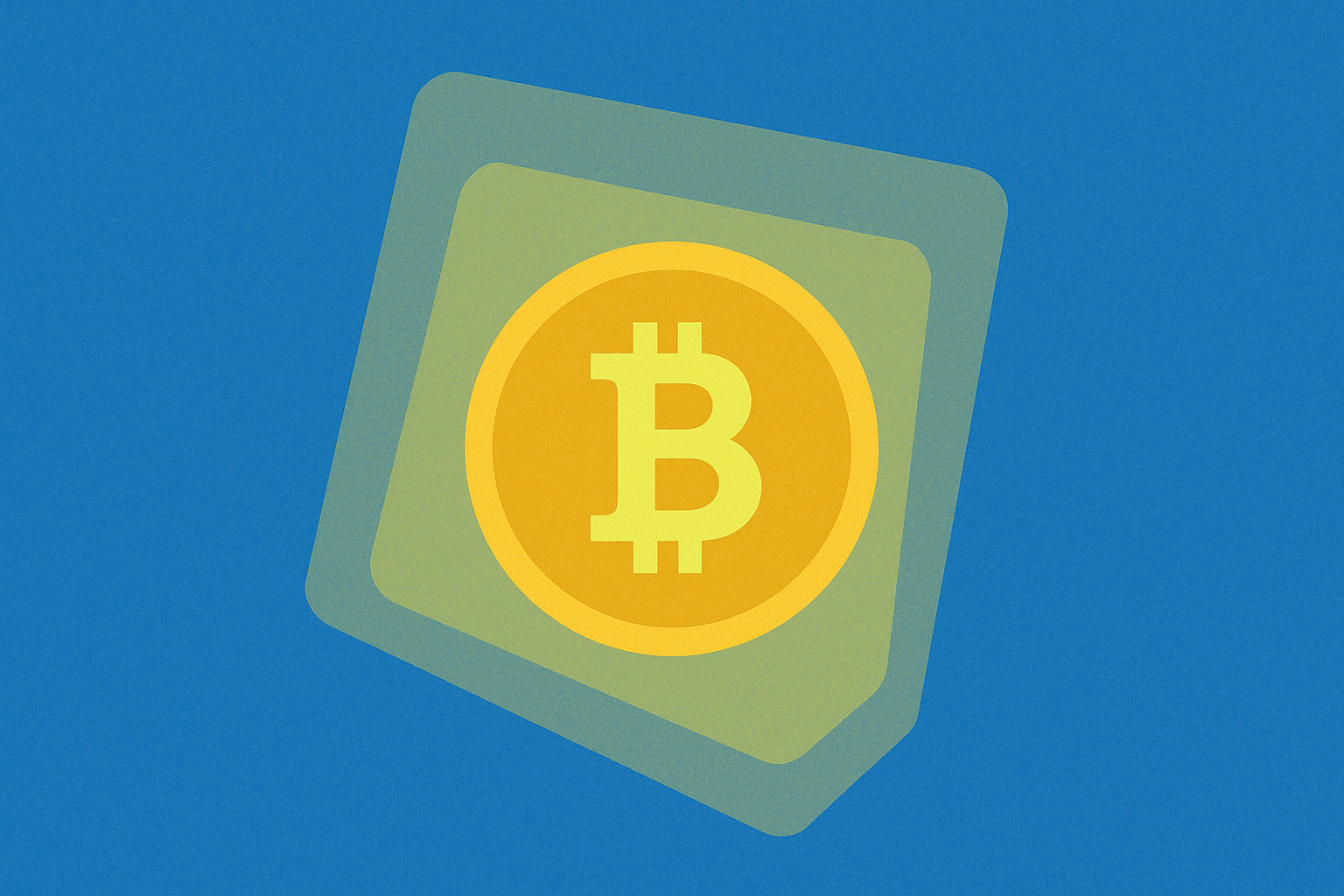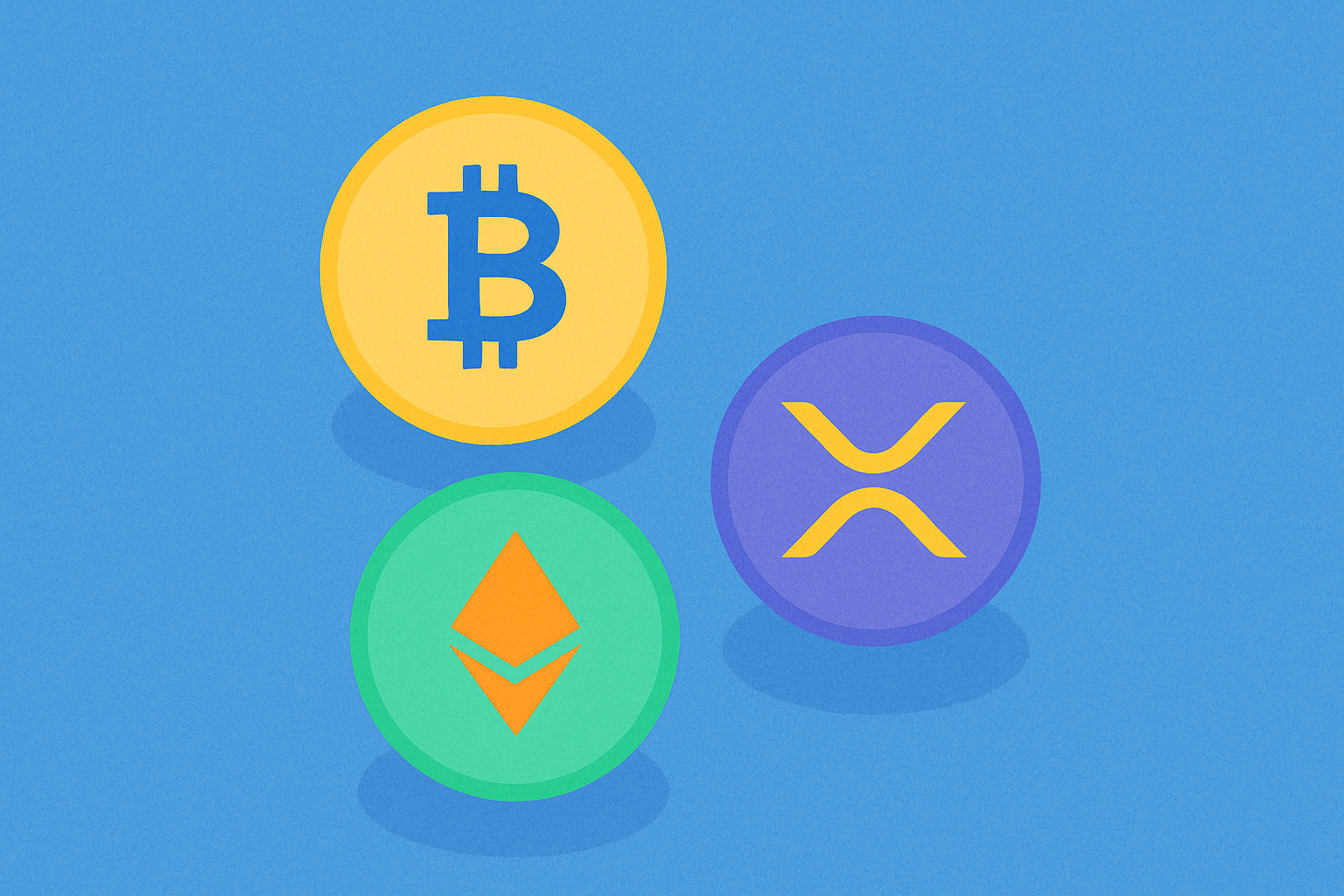Mejores protocolos de participación en el 2025: Comparando Lido, Rocket Pool y más allá


¿Qué es Staking de liquidez?
El Staking de Liquidez permite a los usuarios apostar activos encriptados como Ethereum (ETH) o Solana (SOL) y recibir Tokens de Staking de Liquidez (LSTs) como stETH o mSOL. Estos tokens representan los activos apostados y las recompensas acumuladas, y pueden utilizarse para operaciones de compraventa, préstamos o minería de liquidez en aplicaciones DeFi. A diferencia del staking tradicional donde los activos están bloqueados, el Staking de Liquidez maximiza la eficiencia del capital. Hasta 2025, el valor total bloqueado (TVL) en el mercado global de Staking de Liquidez ha superado los $25 mil millones, lo que refleja su creciente popularidad.
El mejor protocolo de staking para liquidez en 2025
- Lido Finance
Resumen: Lido Finance se lanzó en diciembre de 2020 y es el protocolo de participación líquida más grande, con más del 29% de cuota de mercado en el mercado de ETH apostado en Ethereum. Admite la participación líquida en Ethereum y Polygon, con stETH como su token principal de participación líquida.
Características Clave:
Sin barreras: No mínimo requisito de Staking de ETH, adecuado para principiantes.
APY: Proporcione una tasa de interés anual (APR) de hasta 3% para el Staking de ETH.
Integración DeFi: stETH ha ganado un amplio apoyo en plataformas DeFi como Curve, Aave y Uniswap.
Gobernanza: Gestionado por Lido DAO, las actualizaciones del protocolo son decididas por los titulares de tokens LDO a través de votación.
ventajas:
Alta liquidez de stETH en el ecosistema DeFi.
Seguridad sólida, auditorías regulares y código de fuente abierta.
El soporte multi-cadena mejora la diversidad.
Consensus:
10% de comisión por recompensas de Staking.
Preocupaciones de centralización surgidas de su dominante cuota de mercado y de un número limitado de operadores de nodos (30 entidades).
- Rocket Pool
Visión general: Rocket Pool, lanzado en noviembre de 2021, es el segundo protocolo de staking más grande en Ethereum con una cuota de mercado del 2.8%. Hace hincapié en la descentralización y cuenta con más de 2,700 operadores de nodos. Su token de staking es rETH.
Características clave:
DescentralizaciónPermitir a los usuarios con 8 ETH ejecutar nodos, reduciendo la barrera de entrada.
APY: Proporciona una tasa de interés anualizada del 2,8% para los stakers y de hasta el 6,3% para los operadores de nodos.
Apuesta mínima: 0.01 ETH para staking de liquidez.
gobierno: Use tokens RPL para incentivos de red y seguro de penalización.
Interés:
Altamente descentralizado, mejorando la seguridad de la red Ethereum.
Menor riesgo de centralización en comparación con Lido.
Diseño comunitario, de alta confianza, no custodial.
Cons:
15% más altas que Lido.
En el mercado DeFi, rETH tiene menos liquidez que stETH.
- Marinade Finance
Visión general: Marinade Finance es un protocolo líder de staking en Solana, optimizando las recompensas de staking al dirigir los activos a validadores de alto rendimiento. Los usuarios reciben tokens mSOL por staking.
Características clave:
Optimización de Staking: Seleccionar automáticamente a los mejores validadores para maximizar los retornos.
APY: La fluctuación suele ser del 5 al 8% para el Staking de SOL.
Integración DeFi: mSOL es compatible con las plataformas DeFi de Solana Orca y Saber.
GobernanzaDirigido por la comunidad, usa tokens MNDE para votar.
Ventaja:
Personalizado para el ecosistema rápido y de bajo costo de Solana.
Sin requisito mínimo para el Staking flexible.
Potente integración con Solana DeFi.
desventaja:
Solo disponible en Solana, reduciendo la interoperabilidad entre cadenas.
Expuesto a riesgos específicos en la red de Solana.
- Frax Finance
Visión general: Frax Finance proporciona staking de liquidez a través de Frax Ether, emitiendo tokens frxETH y sfrxETH. Se trata de un ecosistema DeFi multifuncional con un enfoque en servicios de vanguardia.
Características clave:
APY: La competencia es feroz, con Staking de ETH rondando el 3-5%.
Flexibilidad: sfrxETH se puede utilizar para yield farming y préstamos.
Gobernanza: DAO liderado por la comunidad, involucrando activamente a los votantes.
Interés:
Innovadora integración DeFi, proporcionando rendimiento adicional.
No custodial y auditado para garantizar la seguridad.
Atraer a usuarios experimentados de DeFi.
Cons:
Más complicado que Lido o Rocket Pool.
El período de bloqueo para ciertos activos es de 3-12 meses.
- Jito
Visión general: Jito fue lanzado en noviembre de 2022, es un protocolo de staking basado en Solana y emite el token JitoSOL. Inicialmente, utilizaba una estrategia de Valor Máximo Extraíble (MEV) para lograr mayores retornos, pero discontinuó esta función en 2024 debido a problemas de red.
Características principales:
APY: El rendimiento anualizado en Staking de SOL es aproximadamente del 6-8%.
Governance: Protocolo de gobernanza para los titulares de tokens JTO.
Integración DeFiJitoSOL se utiliza ampliamente en el ecosistema DeFi en Solana.
Ventajas:
Solana tiene una fuerte presencia en el mercado de staking líquido
JitoSOL tiene una alta liquidez en aplicaciones DeFi.
Cons:
Tarifa de gestión anual del 4%.
Las controversias relacionadas con el MEV pueden afectar la confianza.
Beneficios del staking de liquidez
Liquidez: Los LST permiten a los usuarios negociar o utilizar activos apostados sin desbloquearlos.
Aumentar ingresos: Los tokens apostados se pueden utilizar para obtener rendimientos adicionales en DeFi.
Seguridad de la red: Fomentar el Staking para fortalecer la cadena de bloques PoS.
Riesgos a considerar
Riesgo de Contrato InteligenteErrores o vulnerabilidades en contratos inteligentes pueden resultar en pérdidas.
Volatilidad del mercado: El valor de LST puede fluctuar con los activos subyacentes.
Riesgo de la plataforma: Los mal funcionamientos de plataformas de terceros, como ataques de hackers, pueden afectar a LSTs.
Elija el protocolo correcto
Elegir una plataforma de Staking depende de tus consideraciones prioritarias:
Para accesibilidad y liquidezDebido a su facilidad de uso y dominio de staking en el espacio DeFi, Lido es la elección ideal.
Con el fin de descentralizar: La extensa red de operadores de nodos de Rocket Pool está alineada con los principios de Ethereum.
Para los inversores de Solana: Marinade o Jito proporciona Staking optimizado dentro del ecosistema de Solana.
Para usuarios avanzados de DeFi: Frax Finance ofrece oportunidades complejas de rendimiento.
El futuro de la liquidez Staking
Para 2025, con la aceleración de la adopción de DeFi, se espera un crecimiento de los protocolos de staking líquido. Innovaciones como el re-staking (por ejemplo, EigenLayer) y el soporte multi-cadena mejorarán su utilidad. Los inversores deben realizar una investigación exhaustiva sobre las plataformas, considerando tarifas, seguridad y alineación de la red. Con más de $15 mil millones de ETH apostados a través de protocolos líquidos, este sector es la piedra angular de las finanzas descentralizadas.
“

¿Qué es el staking de liquidez? Guía para principiantes sobre cómo desbloquear liquidez mediante el staking de activos criptográficos.

Maximizando los rendimientos de finanzas descentralizadas a través del staking de liquidez: una estrategia para obtener rendimientos manteniendo liquidez

ETH Staking en 2025: Opciones en cadena y mejores plataformas

¿Cómo apostar BTC y ganar tokens NXPC en Gate Launchpool en 2025

2025 Liquid Staking: Guía para Inversores en Web3

Lista DAO: Lógica Central Revolucionaria & Innovación DeFi Explicada

Combo diario y respuesta del cifrado de Hamster Kombat 17 de diciembre de 2025

¿Cómo influirán la política de la Reserva Federal y la inflación en los precios de las criptomonedas en 2025?

¿Cuánto será el precio de TIBBIR en 2025: tendencias históricas, niveles de soporte y resistencia, y análisis de volatilidad

Desde la Ley GENIUS hasta las Nuevas Reglas de la FDIC: Se Acerca la Era de las Monedas Estables Emitidas por Bancos en EE. UU.

¿Cómo permite el análisis de datos on-chain identificar que Stable Blockchain cuenta con más de 24 000 direcciones activas y cuáles son las tendencias en las transacciones de USDT?







